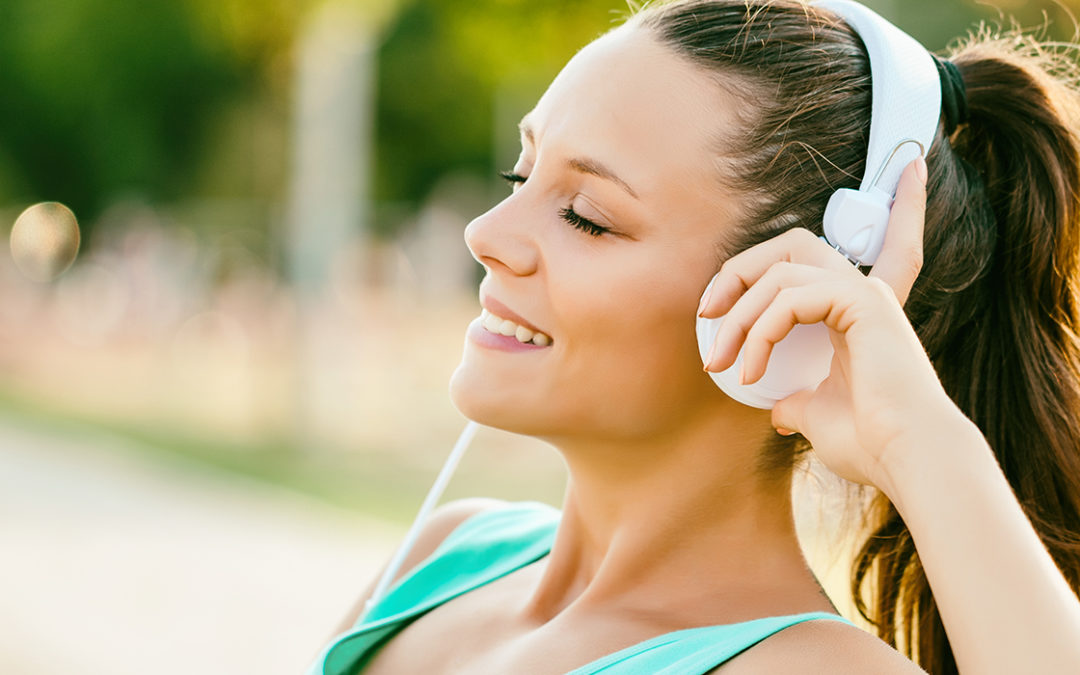RELAXATION PREPERATION
You should try to set aside 30 minutes, 2 or 3 times each day to practice these techniques. The more you practice, the better
you will get and the more effective they will be.
It will take time and regular practice before you start to feel the benefits.
Before you start relaxing, make sure your mind, body and surroundings are just right. To prepare yourself:
- Find a cool and quiet room where you’ll not be disturbed
- Lie down or sit comfortably with your legs uncrossed
- Put on comfortable clothes and take off your shoes
- Lightly close your eyes, or focus on a spot in front of you
- Clear your thoughts and focus on your breath
Don’t worry if you can’t relax immediately. Thoughts might pop into your mind. Don’t focus on them just let them pass through.
Make a note of how relaxed you were before, and after, the exercises to see if it’s helped.
MUSCLE RELAXATION TECHNIQUES
This exercise will teach you to recognise and reduce muscle tension. You can relieve tension in any part of your body just by tensing and relaxing each muscle in turn. Sitting in a comfortable chair:
- Close your eyes and concentrate on your breathing. Slowly breath in through your nose and out through your mouth.
- Make a fist, squeezing your hand tightly.
- Hold this for a few seconds, noticing the tension.
- Slowly open your fingers and feel the difference – notice the tension leaving. Your hand is much lighter and relaxed. Enjoy this feeling.
If you have any physical injuries or conditions that may cause muscle pain, don’t tense the muscle in that area.
CUED RELAXATION
Once you’ve mastered some relaxation exercises you can use them whenever, and wherever, you need to throughout the day. To do this you can use a ‘cue’, something that’ll catch your eye and remind you to:
- Drop your shoulders
- Check your breathing
- Relax the muscles in your body
An example of a ‘cue’ could be a small coloured dot on your watch, or a room in your home, which will act as your reminder.
VISUALISATION EXERCISE
This exercise involves using an image as a way to focus the mind. Create in your mind an ideal spot to relax. It can be:
- Real or imaginary
- Somewhere you will find restful, calming, safe and happy
- A place you would want to return to whenever you feel the need to relax
Imagine it in as much detail as you can – use your senses to make it as real as possible – and see yourself comfortably enjoying this place. Now close your eyes and take a slow, regular breath in through your nose. Become aware of your breathing. Focus on your relaxation place in all its detail and breathe out through your mouth. Do this exercise for 10 to 20 minutes.
RELAXATION – BREATHING TECHNIQUES
Breathing too quickly, and deeply, can make you feel dizzy, faint or even more anxious. Taking slow, regular breaths can help you to control anxious thoughts and feelings, and make you feel calmer. To control your breathing:
- Place one hand on your chest and the other over your stomach. You want your stomach to move more than your chest as you breathe.
- Take a slow, regular breath in (through your nose if you can). Watch your hands as you breathe in. The hand on your stomach should move and your chest should not.
- Breathe out slowly through pursed lips.
- Repeat this 10 times, twice a day.
It might take time to master this technique. Once you have, you won’t need to watch your hands or put them on your stomach.
AFTER RELAXATION
Don’t rush to get up after relaxation exercises. Sit with your eyes closed for a few minutes to avoid the possibility of feeling dizzy. Open your eyes and make sure you feel all right before standing up.
OTHER ACTIVITIES TO HELP WITH STRESS
There isn’t a one-size-fits-all option when it comes to stress relief. What works for one person might not work for another. What works for you at home might not be an option when you’re at work. Exercise has shown to help with stress relief and mental health but not everyone likes going to the gym or exercise classes.
So it’s important to have a variety of stress relief tools at your disposal. Then, you’ll be able to pick a strategy that works best for your current circumstances.
- Quiet reading / Puzzles / Brain stimulating activities such as sudoku, wordsearches, chess, draughts etc.
- Audio for music, relaxing music, audio books, podcasts, etc.
- Gardening and getting outside (walks, jogging etc).
- Arts & Crafts – Painting, Drawing, colouring.
- Massage & Relaxation – Massage chairs / guns, Relaxation pods, Aromatherapy.
- Nutrition – drinks / smoothies associated with good mental health – Water / Flavoured waters (no caffeine), Various antioxidant smoothies good for relaxation, stress, gut health, anxiety etc.
- Fun Games – Pool table, darts board, mini bowls green, table tennis, putting green, foosball table.
- Dance – Instructor lead dance sessions, just dance computer games.

